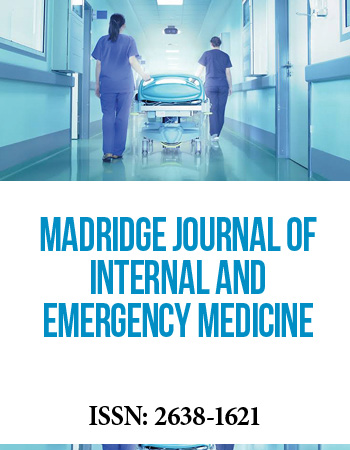International Translational and Regenerative Medicine Conference
April 25-27, 2018 | Rome, Italy
Evaluating the Functions of Epigenetic Regulators in Mouse Embryonic Stem Cells (Mescs), Using Crispr-Cas9 Functional Genomics Approach
1Harvard Medical School, USA
2Monash Biomedicine Discovery Institute, Australia
3The University of Texas at Austin, USA
4Weill Cornell Medicine, New York, USA
5Harvard Medical School, USA
ESCs are capable of indefinite self-renewal and differentiation into all lineages. Although much has been learned, the components that establish and maintain ESC state/identity are incompletely defined. In this study, we took a high-throughput CRISPR-Cas9 mediated gene editing functional genomics approach to study the functions of 324 epigenetic regulators in mouse ESCs, for its identity. We designed 6 single guide RNAs (sgRNAs) that target coding sequences of per epigenetic genes. This produced a library of ~1938 sgRNAs. The library also included 127 non-targeting sgRNAs as negative controls, as well as 119 sgRNAs targeting GFP (of the Oct4-GFP reporter) and 150 sgRNAs targeting coding sequence of mESC-TFs as positive controls. This “epigenetic pooled library” comprises all sgRNAs that were synthesized, cloned into a lentiviral vector and transduced in Oct4-GFP reporter (OCT4 is the master regulator of ESCs) mESCs, which constitutively expressed Cas9. Most importantly, transduction was done at low multiplicity to ensure that nearly all selected cells contain one sgRNA. The GFP-low/ GFP-negative and GFP-high cells were sorted; genomic DNA was isolated and deeply sequenced to enumerate sgRNAs present. An “enrichment score” was calculated by comparing sgRNA frequency in the GFP-low/GFP-negative cells over to GFP-high cells. Enrichment for each sgRNAs was scored to their corresponding epigenetic genes, as candidates. The list of novel candidate epigenetic genes was functionally validated through secondary screens. Finally, we selected two epigenetic regulators- TAF5L and TAF6L, part of the Histone Acetyltransferase (HAT) complex, for further mechanistic studies. Currently, we are using multidirectional biochemical, genetics, molecular and genomics approaches to understand the detailed mechanism by which TAF5L and TAF6L control ESC state. Altogether, I anticipate, this comprehensive study will reveal new important epigenetic regulators and their detailed functions for ESCs state.
Biography:
Dr. Partha Pratim Das did his Masters in Molecular Biology from International Max Planck Research School, Gottingen, Germany. He has done his PhD with Prof. Eric Miska to study-Role of short RNAs/piRNAs in Caenorhabditis elegans germline development at Gurdon Institute, University of Cambridge, UK. For post-doctoral research, he joined Prof. Stuart Orkinʼs laboratory at Harvard Medical School to study how chromatin changes regulate transcriptional gene regulation in embryonic stem cells (ESCs). He recently started independent lab at Biomedicine Discovery Institute, Monash University. His present and future interest of studies elucidate how epigenetic and epi-transcriptomic changes regulate gene expression in ESCs and differentiated cells under normal and pathological conditions.


